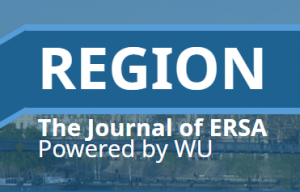Spatial Analysis of the COVID-19 Pandemic in Hungary –
Changing Epidemic Waves in Time and Space

Region Vol. 8. No. 2. pp. 147-165
Journal of ERSA (European Regional Science Association).
Published: 2021-12-10
 Abstract
Abstract
This paper examines the spatial dynamics and regional distribution of the novel coronavirus epidemic in Hungary in an effort to obtain a deeper understanding of the connection between space and health. The paper also presents comprehensive epidemiologic data on the spatiotemporal spread of the COVID-19 pandemic in terms of the epidemic waves. Following a comparison of the growth rates of infection numbers, the current study explores the geographical dimension of the three pandemic waves. The partial transformation of spatial characteristics during the three epidemic waves is among the most important results found. While geographical hotspots influenced the first wave, newly confirmed coronavirus cases in the second and third waves were due to community-based epidemic spreading. Furthermore, the western-eastern spatial relation and the core-periphery model also affected the regional distribution of new cases and deaths in the initial two waves. However, a new spatial pattern – realised by the northern-southern spatial orientation – appeared during the third wave. The outputs of this paper offer feasible suggestions for evidence-based policymaking in pandemic prevention, mitigation, and preparedness.


